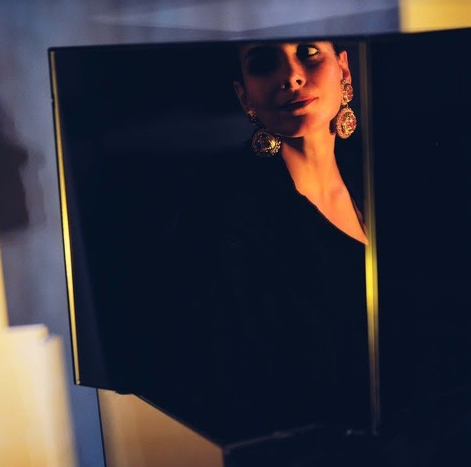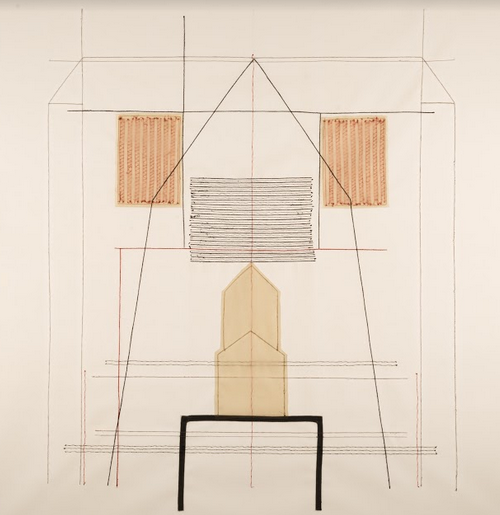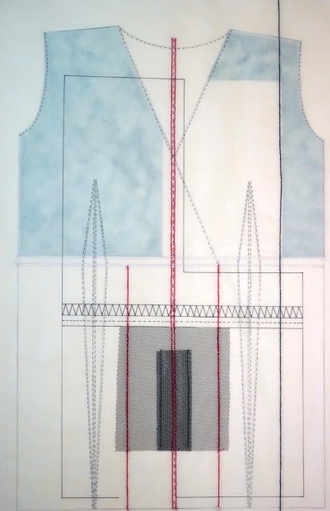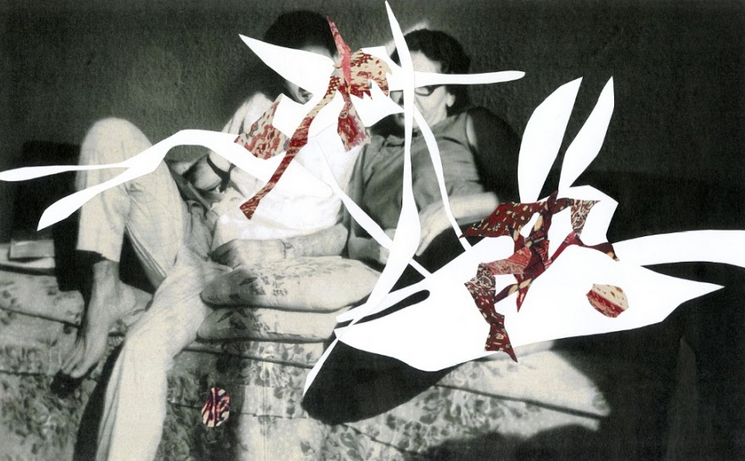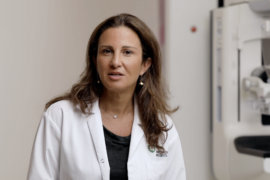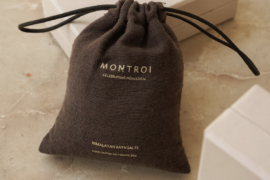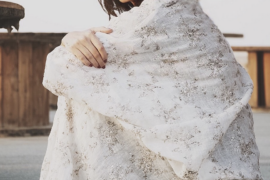Filwa Nazer, the Saudi artist of many things, is a graduate of the prestigious Istituto Marangoni School of Fashion and has endeavored to establish her own artistic identity in many European capitals as well as her homeland.
Al Sharkiah spoke to Filwa about her career path and the role of Saudi Arabia in her creative process.
You started your academic journey at Istituto Marangoni, why did you choose fashion as your first degree?
I chose fashion by chance. I was in a boarding school in Switzerland and hoping to get into an art school. So I applied while I was there and when they rejected my application I joined a friend of mine in Milan who suggested I check her fashion school out. I did, and that’s where I studied for three years, followed by a training stint at Gianfranco Ferré.
Living in Milan and London must have affected your creative vision and style, in your opinion, what makes these cities so inspirational, and quite essential, to artists and designers across the globe?
I found London and Milan inspiring in different ways. Living in Milan from the age of 18 to 22, I perceived it mainly as a design center and a fashion capital, but also was very interested in the cultural and historical aspect of Italy. That, I feel, enhanced my creative and aesthetic sensibilities.
London on the other hand, was a city where I lived at different stages of my life, a city that is very familiar to me and felt somewhat like home. It’s a cosmopolitan and fast paced yet still manages to feel cozy and magical. Culturally, I always found it stimulating, I learned a lot about art and life there. It’s also where I started my artistic career.
In hindsight, what advice do you wish to give Filwa in her first year at Istituto Marangoni?
I would advise her to be more open and adventurous, also not to be hindered by perfectionism.
Why did you decide to shift your career from fashion design to graphic design and illustration?
I would say I experimented creatively for years out of intellectual curiosity and self-exploration. Ultimately it all led to me becoming an artist.
The fashion and art industry are changing drastically, what would you say are some pros and cons of today’s market?
Yes, I agree these fields are changing and mainly because of digital and technological advancements and the influence of social media. These new tools have enriched creativity in the two fields, but the fast paced impact and focus on consumerism have caused some serious damage. Having collectively lived through this past year, we were all reminded that the universe finds ways of slowing human beings down when their advancements lack balance and respect for other humans and beings.
Going through your Instagram, Saudi Arabia seems to play a big role in your art, what is the number one thing you like about your homeland?
More than anything I like that we are living in an interesting time now! What’s happening in Saudi Arabia feels like a positive change, full of young effervescent energy; a time that is making space for women and their empowerment as well as an appreciation for our diverse cultural richness.
Tourism is the next chapter in KSA. What would you say is your favorite part of the Kingdom and why?
My favorite city with bias is Jeddah, my hometown, a city that continues to intrigue me as I continue to explore it. I love the diverse origins of its people, its Hijazi history and random development. Having said that, I’m looking forward to visiting Al Ula, Asir and Al Ahsa regions.
What are some of your creative rituals?
My creative process is linked to my emotional or psychological interaction with themes and concepts I’m interested in. Preparing for an art project always starts with a lot of research, collecting materials as well as stories relating to my subject. Afterwards I start experimenting and making connections, something interesting always comes out of it eventually.
Your rich portfolio includes several exhibitions; can you pick a favorite and tell us more about it?
I’m very fond of a small exhibition I had at Hafez Gallery in Jeddah in early 2019 titled “Sites Unknown”, it marks an important transition in my work in terms of theme and medium. Another valuable experience I had later that year was my exhibition at Sharjah Art Foundation as part of their March Project residency. It was my first site-specific work and I enjoyed working with the team of the Sharjah Art and our curator at the time Reem Shadid.
Finally, what are you currently working on?
I’m currently preparing for an exhibition organized and curated by a Jeddah-based architectural studio Brick Lab. The exhibition is titled “Saudi Modern” and it invites artists to study buildings and developments during a time period from the late 1930s to early 1960s, then to create artworks inspired by our research. This project aims to better understand and archive our Saudi modern heritage. This will be the first edition with focus on Jeddah modernist architecture.
Text by Victor Gee

